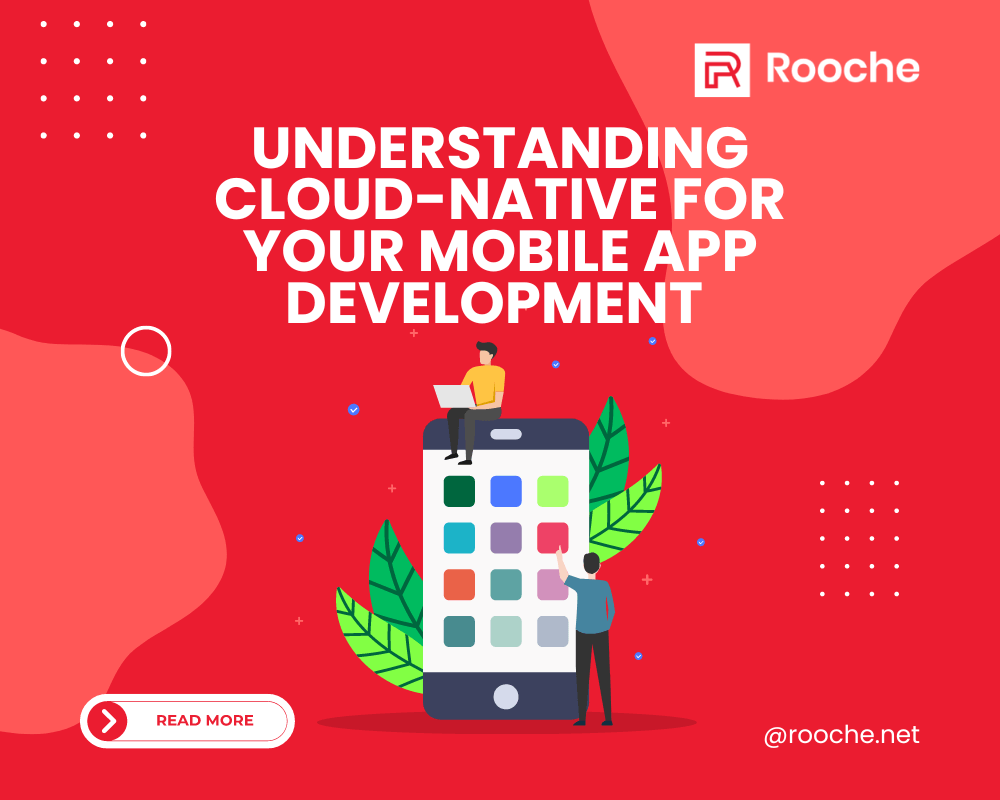Using Gradient Effect in Your Web Design? Here’s Why It’s Effective
What Is Gradient? In web design, a gradient background is an element that has a color scheme that changes from […]
Dec 8, 2022
Dec 8, 2022

Cloud-native is a term used to describe applications that are designed to run in the cloud. Cloud-native apps are built using cloud-based resources and services. They are typically more scalable and resilient than traditional on-premises apps.
It can provide many benefits for mobile developers. It includes an increase in scalability, reduced costs, and greater flexibility. However, it’s important to understand the basics of cloud-native platforms before beginning any mobile app development project.
In this article, we’ll take a look at what cloud-native means for mobile app development, as well as some of the key benefits and challenges associated with this approach.
There are many potential benefits of using a cloud-native platform for your mobile app development project. Some of the most notable benefits include:
Despite the many potential benefits, there are also some challenges associated with using a cloud-native platform for your mobile app development project. Some of the most common challenges include:
A good example of a cloud-native application is a mobile app that uses a microservices architecture. Microservices are small, independent services that can be deployed and managed independently. This type of architecture is well-suited to the cloud because it can help to improve scalability, flexibility, and resiliency.
Another example of a cloud-native application is an app that makes use of serverless computing. Serverless computing is a type of cloud computing that allows developers to build and run applications without having to manage any servers. This can help to reduce costs and increase efficiency.
If you’re interested in learning more about cloud-native, there are many resources available online. The Cloud Native Computing Foundation (CNCF) is a good place to start. The CNCF is an organization that promotes the adoption of cloud-native technologies. They offer resources, such as training courses and certifications, to help developers get started with cloud-native development.
The Cloud Native Computing Foundation website also offers a list of case studies, which can be a helpful way to learn about how other organizations have successfully implemented cloud-native solutions.
If you’re interested in developing a cloud-native app, there are a few things you need to do to get started. First, you’ll need to choose a cloud-native platform. There are a number of different cloud-native platforms available, so it’s important to choose one that’s right for your particular project.
Once you’ve chosen a platform, you’ll need to select the appropriate resources and services for your project. This will include choosing a cloud provider, as well as selecting the right database, storage, and networking options for your app.
Finally, you’ll need to deploy your app to the cloud. This process will vary depending on the platform you’ve chosen but typically involves creating a new cloud account and configuring your app for deployment.
Cloud-native app development can provide many benefits for mobile developers. However, it’s important to understand the basics of cloud-native platforms before getting started. In this article, we’ve looked at what cloud-native means for mobile app development, as well as some of the key benefits and challenges associated with this approach. With this information in hand, you’re ready to take a step toward developing your own cloud-native apps.

What Is Gradient? In web design, a gradient background is an element that has a color scheme that changes from […]
Dec 8, 2022

One of the biggest challenges in creating the website is to catch users’ attention within 15 seconds and make them […]
Dec 8, 2022

AI and web development are two of the most popular and talked-about topics in the tech world today. And for […]
Dec 8, 2022
Join our newsletter and be the first to receive future promo and sale updates from Rooche!